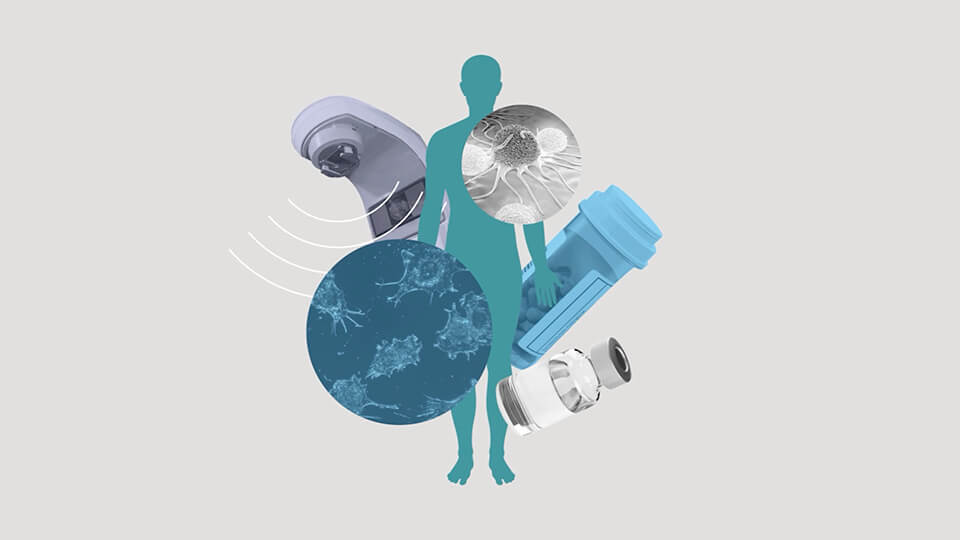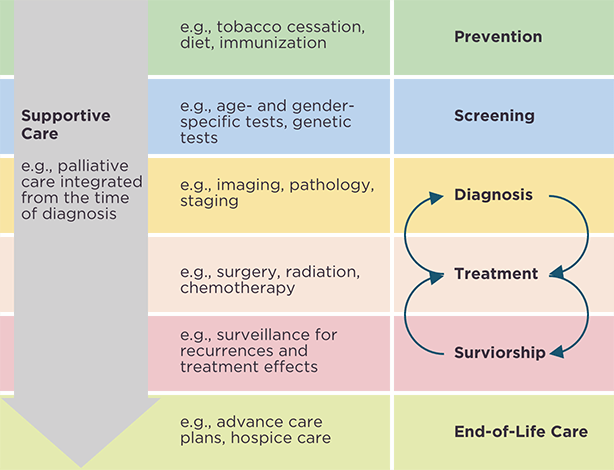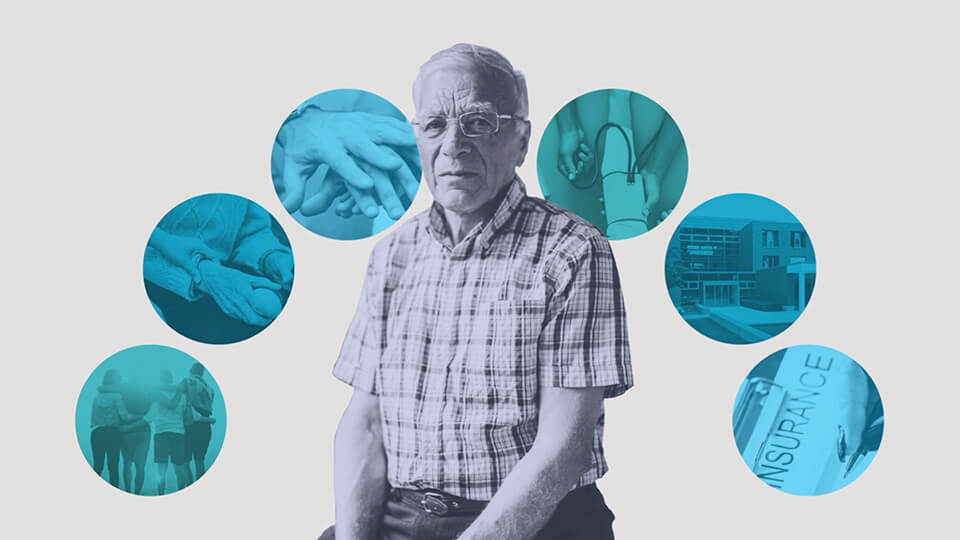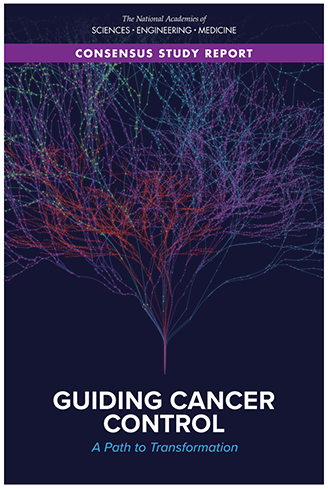The Complexity of Cancer Control
The causes and effects of cancers are complex, requiring efforts across a broad spectrum from basic risk awareness through treatment, survivorship, and end-of-life care.
A diverse multitude of agencies and organizations representing a wide range of sectors and interests carry out this important work.
A report by the National Academies of Sciences, Engineering, and Medicine highlights the need for and characteristics of a coordinated national cancer control plan.
 Download Report
Download Report










